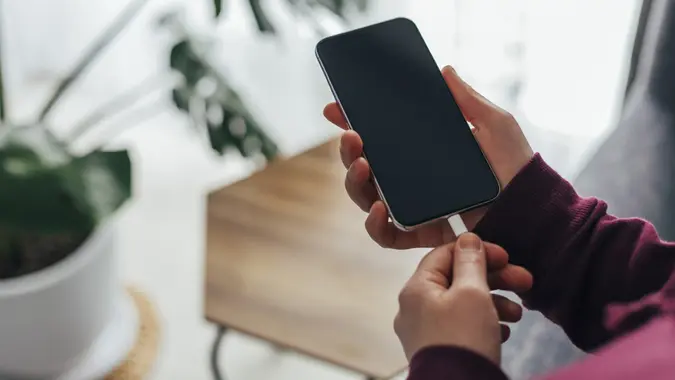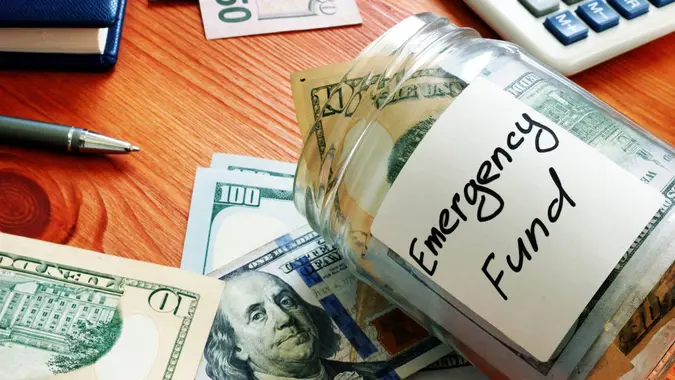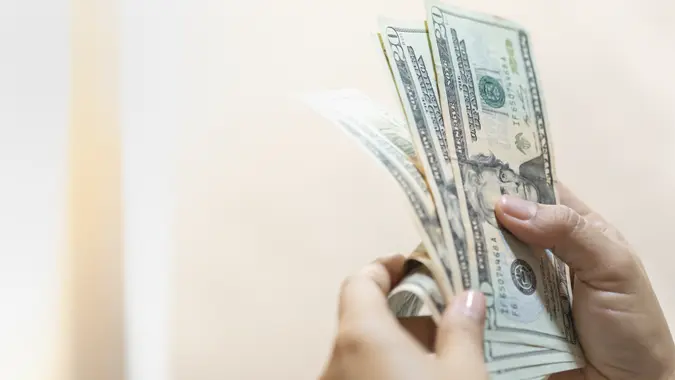6 Things Millennials Should Sell To Build Their Savings

Commitment to Our Readers
GOBankingRates' editorial team is committed to bringing you unbiased reviews and information. We use data-driven methodologies to evaluate financial products and services - our reviews and ratings are not influenced by advertisers. You can read more about our editorial guidelines and our products and services review methodology.

20 Years
Helping You Live Richer

Reviewed
by Experts

Trusted by
Millions of Readers
Many millennials have likely saved up an impressive repertoire of items over the years. With each new windfall, they may have purchased expensive cars, electronics or designer items — all of which they could sell to build their savings.
“Many millennials don’t realize they’re sitting on thousands of dollars’ worth of sellable assets in their homes,” said Abid Salahi, finance expert and co-founder of FinlyWealth. “Based on my experience working with clients, I’ve identified several high-value items that can quickly boost savings accounts.”
Here are some of the top items millennials could consider selling to boost their savings.
Also see five money moves wealthy people make before the start of any new year.
Designer Items
According to Salahi, premium handbags, watches and clothing often retain 60% to 80% of their value. That makes them great items to resell for some extra cash. And it’s likely millennials have accumulated a few of these items over time.
“One client made $3,500 selling three designer bags she hadn’t used in years,” he said.
Second Vehicles
With remote work becoming common, many two-car millennial households can function with one vehicle. “A second car costs around $9,000 annually in maintenance, insurance and depreciation,” Salahi explained. If it’s not needed, selling it could be a great option to build savings.
And you can likely sell it without too much concern, according to Melanie Musson, a finance expert with Insurance Providers.
It’s also important to look at all car payments and determine whether your finances can handle it. “If you’re making payments that exceed $1,000 a month on a vehicle, and you don’t have adequate savings, you’re allocating too much toward a car and not enough toward savings,” Musson said.
The best option is likely selling the car with the highest payment. “Sell your car with a high payment and opt for a less expensive vehicle that you can either buy outright or keep your payment at or under $500,” she explained. “Then, you’ll free up the difference between your new car payment and what you’re paying now and put that money toward your savings.”
Recreational Vehicles
If you have a boat, sell it, Musson suggested. “A boat can be a lot of fun, but it needs to be sold if it’s keeping you from financial stability,” she explained. According to U.S. News, a 20-foot boat can cost anywhere from $10,000 to $60,000. That’s a lot of money that millennials could be putting toward their savings.
She said you can save up for a boat — and other recreational vehicles — once you get your savings and investments in order. “The same principle applies to other fun vehicles like dirt bikes, ATVs and campers,” she said.
Unused Electronics
“My research shows millennials own an average of three to four unused electronic devices,” Salahi said. “Gaming consoles, tablets and smartphones can fetch $200 to $800 each.”
Musson agreed. “Sell electronics you no longer use,” she said. “If you have video game systems that you don’t play, sell them. Don’t keep things you don’t use in your house because they add clutter, lose value and provide you with no enjoyment.”
Exercise Equipment
Home gym equipment bought during lockdowns often sits unused. If any millennials purchased gym equipment that they’re no longer using, it’s probably best to sell and put that money toward savings.
Salahi emphasized that treadmills and exercise bikes typically resell for 40% to 60% of their original price.
Collectibles
It’s likely millennials have a lot of childhood items and toys sitting around they’re not using — and some of them could offer impressive returns.
“Trading cards, limited edition items and vintage toys from the ’90s and early 2000s can be worth significant money,” Salahi said. “Pokémon cards alone have seen a 500% increase in value since 2019.”
 Written by
Written by  Edited by
Edited by 

























